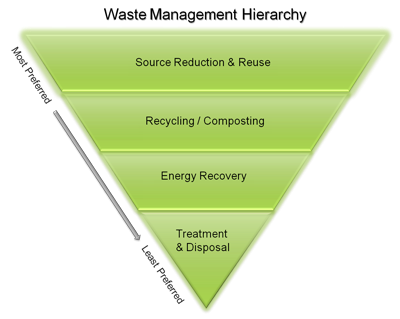Lesson: Upcycling
60 minutes (two 30-minute sessions)
Standards:
MS-ETS1-2: Evaluate competing design solutions using a systematic process to determine how well they meet the criteria and constraints of the problem.
MS-ETS1-3: Analyze data from tests to determine similarities and differences among several design solutions to identify the best characteristics of each that can be combined into a new solution to better meet the criteria for success.
MS-ETS1-4: Develop a model to generate data for iterative testing and modification of a proposed object, tool, or process such that an optimal design can be achieved.
HS-ESS3-4: Evaluate or refine a technological solution that reduces impacts of human activities on natural systems.
Learning Objectives:
1) Students will explore an alternative material and analyze its performance in a Nanodek application.
2) Students will define and apply test criteria to evaluate the performance of their Nanodeks.
Lesson Outcome:
Students will create a Nanodek from waste materials and evaluate its performance.
Materials:
- Nanodek Kit
- Scissors
- Completed paper Nanodek
Lesson:
SESSION 1
1) What happens when we are done using something? Do you throw it away, recycle it, donate it?
Waste Management Hierarchy (from EPA):

The top of the pyramid is the most preferred way of handling waste, and preference decreases downward. The top results in the lowest energy expenditure and resources.
2) Examples of each:
- Conserving energy (turning lights off, walking instead of driving, not leaving water running, etc.)
- Reusing items (using reusable grocery bags, donating old clothes, etc.)
What ways do you practice energy conservation?
What ways do you practice reuse?
- Recycling: sorting materials and then reprocessing them into raw material or new products.
- Composting: collecting and mixing organic matter to create a nutrient-rich soil conditioner.
- Converting waste into energy, such as heat, electricity, or fuel (waste-to-energy):
- Treatment can reduce volume and toxicity. Landfills are the most common form of waste disposal.
- Old mail?
- Food scraps?
- Packaging?
- Newspapers?
- Paper towel and toilet paper tubes?
- Bottles and cans?
- Fallen leaves or other yard waste?
5) As a group, discuss test criteria to determine how you will evaluate the performance of your new Nanodek and compare it to the original Nanodek. Test criteria are standard measurements that can be taken for the purpose of objectively analyzing performance – this helps make comparisons and conclusions based on data. Performance considerations can include:
- Flex (apply weight on the Nanodek and measure the deflection – the amount of bending – in the Nanodek)
- “Pop” (how easily you can “pop” the Nanodek off the ground for doing tricks)
- Weight
- Finger grip (how slippery or sticky the surfaces of the Nanodek are)
6) Measure these test criteria for your original paper Nanodek and record your results.
7) Write down a hypothesis for how you expect a Nanodek will perform made with your waste materials.
8) Make a Nanodek with your waste materials. This can be started in class or done at home.
SESSION 2
9) Cut out the Nanodek and move the trucks and wheels from your old Nanodek to the new one.
10) Measure the same test criteria on the upcycled Nanodek and record your results.
11) Share and discuss your results (or turn in as a writing assignment).
- Did you prove or disprove your hypothesis?
- Which Nanodek do you like better? (Performance, aesthetics, process of making, etc.)
- How could you combine the best characteristics of each Nanodek to make a third, better version?
- How can your materials help clean the Earth? What sort of impact would your upcycling have on a large scale?
Comprehension Demonstration Questions:
1) What are the four tiers of the waste hierarchy pyramid? (List them in order of preference.)
Answer: reduction & reuse, recycling/composting, energy recovery, treatment & disposal.
2) What is the purpose of having test criteria?
Answer: to have an objective means of analyzing results for making comparisons and conclusions.